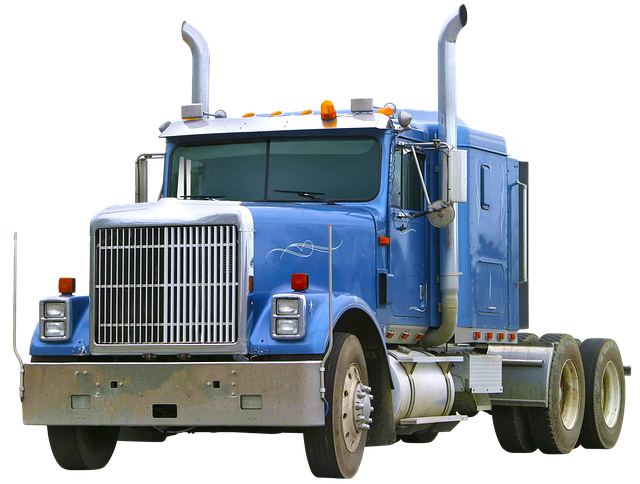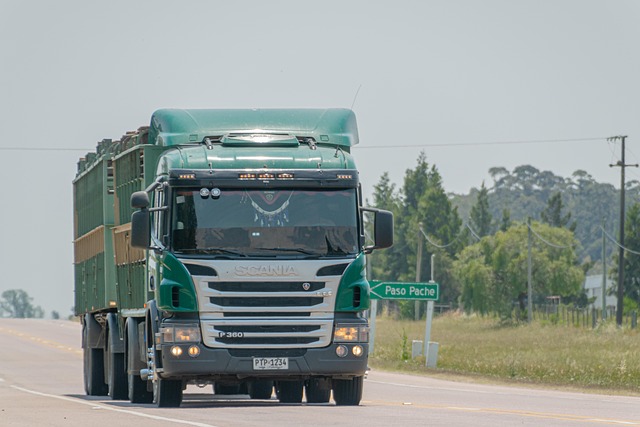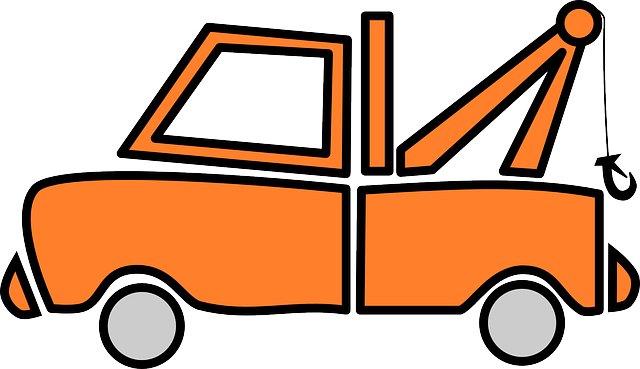Looking to register your car in California? This guide walks you through the process, ensuring a smooth experience. First, understand the state’s requirements for registration, including needed documents for VIN (Vehicle Identification Number) verification. Next, perform a VIN check, either online or at a DMV office. After gathering all necessary paperwork, complete the registration form and pay the associated fees. Upon approval, you’ll receive your official registration papers, making your vehicle legal on California roads.
- Understand the Requirements for Car Registration in California
- Gather Necessary Documents for VIN Verification
- Perform a Vehicle Identification Number (VIN) Check
- Complete the Registration Process Online or In-Person
- Pay the Required Fees and Receive Your Registration Papers
Understand the Requirements for Car Registration in California

Before you begin the registration process, it’s crucial to understand the requirements for car registration in California. The state requires a comprehensive set of documents and verifications to ensure that all vehicles on its roads meet safety standards. One key aspect is the verification of the vehicle identification number (VIN). This unique 17-character code is used to identify your car and must be accurately recorded during registration.
In California, you’ll need to undergo a VIN verification process, often facilitated by a mobile vin verification or mobile vin inspection service. These services ensure that the VIN on your vehicle matches the one listed in official records, preventing fraud and ensuring the accuracy of registration information. A valid and accurate VIN is essential, as it links your car to its history, including ownership records, maintenance logs, and any reported accidents or issues.
Gather Necessary Documents for VIN Verification

Before you begin the registration process, ensure you have all the required documents for a successful VIN (Vehicle Identification Number) verification. This step is crucial as it establishes the vehicle’s history and authenticity. Gather important papers such as the title or bill of sale, which proves your ownership. Additionally, you’ll need a valid driver’s license or state-issued ID card to complete the inspection.
For a convenient and efficient vin inspection, many residents in California opt for mobile vin verifiers. These services allow you to get the verification done quickly at your location, saving time and effort. Having these documents readily available will make the registration process smoother, so be sure to organize them before scheduling your appointment or utilizing mobile services like these.
Perform a Vehicle Identification Number (VIN) Check

Before registering your car in California, performing a Vehicle Identification Number (VIN) check is crucial. This step ensures that the vehicle’s history and identity are accurately represented, which is essential for safety and legal compliance. A VIN verification involves cross-referencing the unique 17-character code with various databases to gather information about the vehicle’s past, including ownership changes, accident history, and outstanding loans or liens.
In California, you can conduct this process through a mobile vin inspection or online vin verification services. These methods provide quick and convenient access to detailed vehicle reports. By doing so, you’ll be well-prepared to navigate the registration process smoothly, as it helps to avoid any surprises or issues that could delay your car’s registration.
Complete the Registration Process Online or In-Person

You have two options for registering your car in California: online or in-person. Both methods require gathering essential documents and providing accurate information. If you choose to register online, you’ll need to create an account on the California Department of Motor Vehicles (DMV) website and follow their step-by-step process. This includes entering vehicle details, uploading required documents such as proof of insurance and ownership, and passing a vin verification check. The DMV will then process your application and send you a registration certificate via mail.
Alternatively, visiting a local California DMV field office is an option, where you can complete the registration process in-person. You’ll still need to bring along the necessary documents, including a valid driver’s license or ID card, proof of insurance, and any required forms. A mobile vin verifier or vin inspection might be useful during this process as it ensures your vehicle identification number (VIN) is accurate and unaltered, which is crucial for successful registration.
Pay the Required Fees and Receive Your Registration Papers

After completing your vehicle’s inspection, it’s time to pay the required fees for registration. California has specific costs associated with registering a car, which vary based on vehicle type and age. These fees cover various services, including vehicle title processing, emissions testing, and, in some cases, road fund charges. Ensure you have a valid driver’s license and acceptable payment methods, such as credit cards or checks, readily available.
Once the fees are paid, you’ll receive your registration papers, also known as a California Vehicle Registration Certificate. This document is proof of your vehicle’s ownership and registration in the state. Keep it secure, as it’s essential for future interactions with California’s Department of Motor Vehicles (DMV), including license renewals, title transfers, or any other vehicle-related transactions. Additionally, consider having a digital copy stored securely for easy access. For added convenience, some services offer mobile vin inspection and registration, allowing you to complete the process from the comfort of your home or office.
Registering a car in California involves understanding specific requirements, gathering essential documents for VIN verification, completing an accurate online or in-person registration process, and paying associated fees. By adhering to these steps and ensuring proper VIN verification, you’ll successfully navigate the process, ensuring your vehicle is legally registered and ready to hit the California roads.



